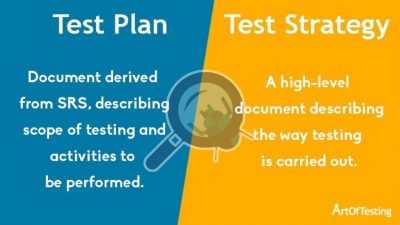Welcome to the QA Blog!
We have moved our Quality Assurance blog from the QA website to the new PMO website as part of ITS!
The QA group is now a member of the ITS – Project Management Office (PMO), and is dedicated to providing testing services for all software projects within the (PMO). Among other things, these testing services include test planning, determining test strategies, exploring the user’s needs, and reporting issues effectively.
Everyone has heard of Quality Assurance, but there are many differing opinions on what it really is. And just as many questions; such as…
- What is Quality Assurance?
- Why do we need it?
- Can we really assure the quality of anything?

